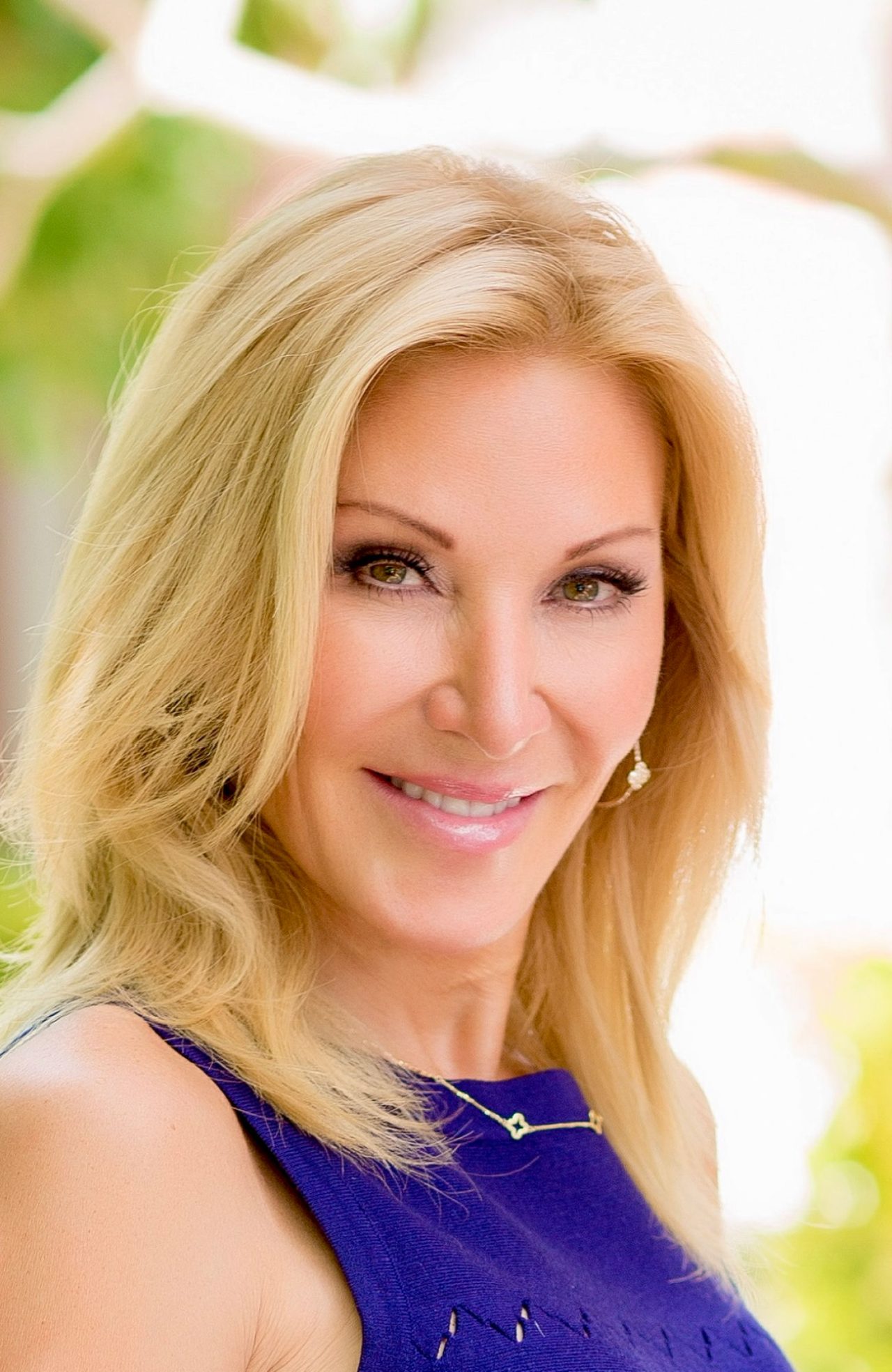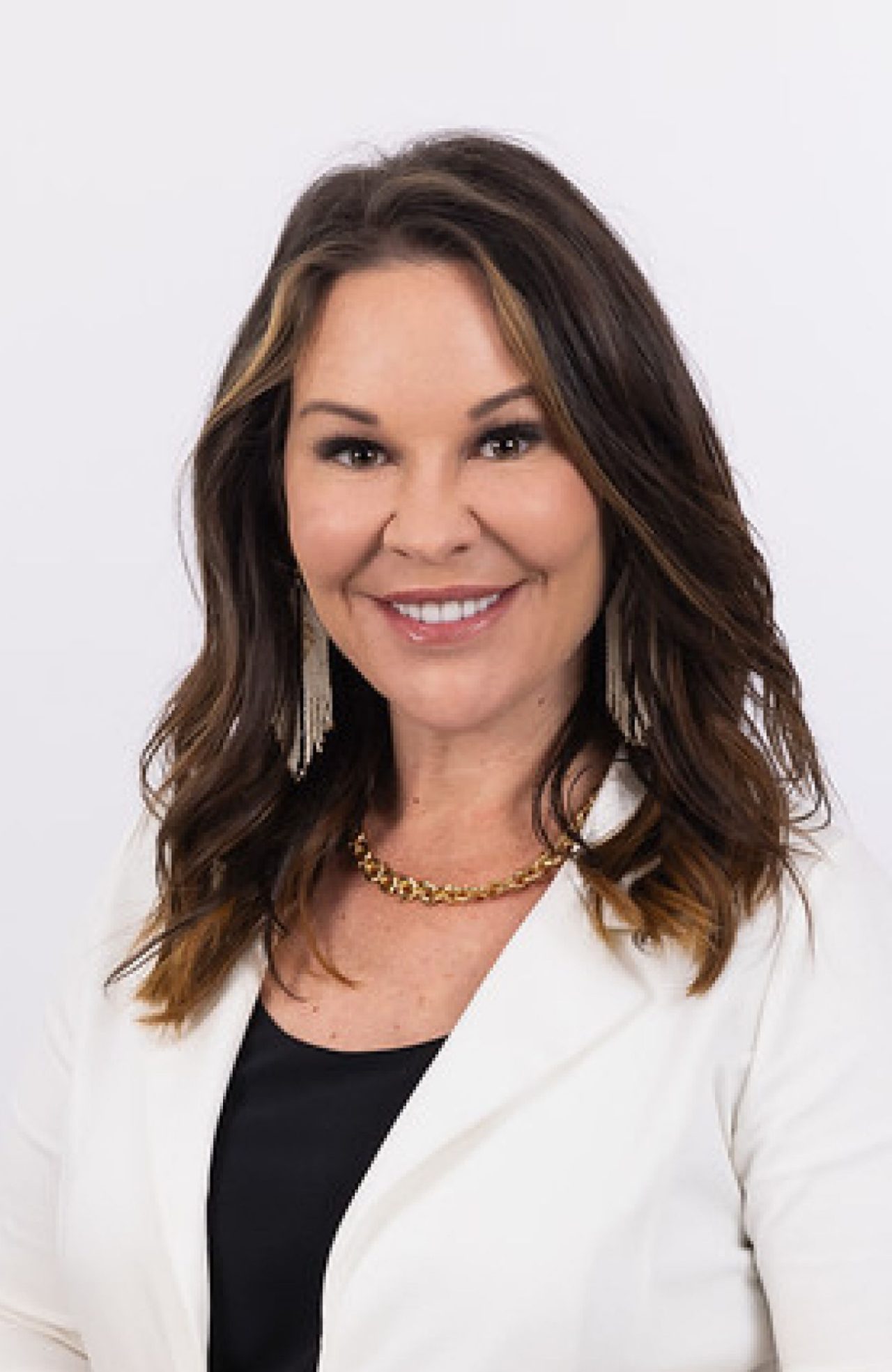
How Experts Use Aesthetic Assessments to Help Achieve Patient Goals
Learn how to meet your patients' goals and help nurture lasting relationships.
Many patients may know what Medical Aesthetic procedures they want to discuss with you. Spark’s panel of experts, who recently shared how they generally treat patients according to age, shared their insights about providing full aesthetic assessments, developing treatment recommendations, and nurturing long-term relationships with their patients.
Denisse Serrano, PA-C, is a board-certified dermatology and aesthetic medicine provider in New York City who turned to Medical Aesthetics in search of a field that was grounded in long-term patient-provider relationships that often aren’t achievable in emergency medicine.
Janet Allenby, DO, FAOCD, is a board-certified dermatologist specializing in aesthetic treatment and has been practicing for more than two decades. Based in Palm Beach County, Florida, Dr. Allenby is world-renowned for her injection methods and is a respected lecturer in the United States and abroad.
Amy Hatcher, APRN, is a board-certified family nurse practitioner and certified master aesthetic injector. As the co-founder of a med spa in Tennessee, she saw Medical Aesthetics as a balance between clinical medicine and artistry in a field that allowed her to spend meaningful time with patients.
Our experts break down the steps they take to help provide desired outcomes for their patients—which may lead to long-term relationships.
The relationship starts when the patient walks in the door.
Before presenting overall treatment recommendations, our experts prioritize making their patients feel comfortable. Amy makes her practice feel personal by taking a page from her Southern upbringing: “I’ve built my entire practice around treating people the way I would want to be treated. We get to know every patient who walks through our doors and build trust with them. Some patients may come in with a little anxiety or apprehension about their treatments, and it’s our responsibility to make them feel as comfortable as possible so they have a great experience with our practice. And we’re Southern; we treat our patients like family.”
Creating a foundation of trust with education.
While some patients come in asking for specific procedures, it’s important to start with a full aesthetic consultation and discuss your observations. And our experts agree that an important part of practicing aesthetic medicine is patient literacy and patient education. Working this into the process of developing treatment recommendations early on will often help further down the line. It’s the patient who decides to embark on Medical Aesthetic treatments, so when discussing potential treatments and schedules, it’s often helpful to start with education.
Amy: “Education is one of the most important things. Many of my clients come with an idea of what they want, but most don’t fully understand how best to address their specific concerns. The consultation is an opportunity to conduct a full facial assessment and provide recommendations to address their aesthetic concerns. It's really important that we empower them with education so that they can make good decisions about their care.”
Denisse: “We develop our recommendations with a holistic approach. I take my time with my consultations; it's all about educating the patient and letting them into what we're thinking and making sure they understand what we’re recommending.”
Educating patients can go a long way when discussing treatment recommendations. Take as much time as you need and encourage patients to ask questions to help them make informed decisions they’re comfortable with.
Dr. Allenby shares that photos are a useful tool for patient education. “With all of my patients, on every visit, we start with reviewing multiple views of their face to determine their needs, aesthetic progress, and goals. That’s why it’s so important for practices to ensure that photography is used to take consistent, high-quality before-and-after pictures. These will capture all the angles of the face for the best assessment.”
Spark created a tool to help you take consistent, quality before-and-after photos. Photos can help you and your patients identify concerns and track results.
The holistic approach.
With patients interested in exploring a wide variety of treatments, our experts share how they integrate many Medical Aesthetic modalities into their treatment recommendations.
Denisse shares how she looks at the full picture. “When we're thinking about a holistic approach, we have to think about the different layers of the skin. We know that our injectable products can get into the deeper layers of the skin. But we also use some of our energy-based devices, like a laser, to help with the epidermis of the skin. That way we’re tackling all the different issues from different approaches.”
Treating a patient holistically can also mean taking into consideration how that patient is changing over time as they age.
Dr. Allenby: “Being in practice for about 30 years, I have found the appearance of aging is relatively consistent with each different age group. This is basically due to anatomical changes of age. The foundation of my treatment recommendations is always going to start with skincare and progressively add in energy devices, depending on each person’s individual needs.”
Opening the door to additional treatments.
Some patients may benefit from different or additional procedures than the ones they came in requesting. So, how do our experts go about recommending additional treatments in an effective way? They shared with Spark that they often start by getting a better understanding of what a patient’s overall concerns and goals are.
Amy uses an “Aesthetic Interest Questionnaire” similar to this one we created for Spark, which she developed specifically for her practice. “Patients have a few minutes of quiet time to fill that out, and we let them know the quality of the consultation starts with how much information they give us. The form was developed specifically for our practice, and it includes every treatment modality that we have. The questions are asked in several different ways to stimulate the patient, such as, ‘Are you concerned about fine lines and wrinkles? Are you concerned about sagging?’ And then questions such as, ‘Are you interested in neurotoxins? Are you interested in biostimulatory agents?’ The check marks they make act as an invitation to talk about these things, so it's easy to open a conversation.”
Having an in-depth understanding of your patients’ goals and how much information they can process at once is another way to establish what treatments to recommend and when.
Dr. Allenby: “When it comes to discussing face and body treatments, it's often overwhelming to go through both at once. If a patient wants to do both together, it’s usually more effective to separate the face and body to make it simpler for the patient to grasp. Then, I help them prioritize what will get them to their aesthetic goals quickest.”
Our experts suggest reminding patients they always have the option to space treatments out over time. Denisse recommended to Spark: “I formulate a list of all their concerns and goals and then I say, ‘This is how we're going to tackle your crow’s feet. Then, this is how we're going to tackle the freckles on your face.’ And then I say to them, ‘It's a journey, not a race’”.
When there is potential to create an enduring patient relationship, this can be a helpful mantra!
In it for the long haul.
When it comes to continuing relationships, it’s all hands on deck. Consider that everyone at your practice—whether it’s nurses, assistants, patient care coordinators, or the front desk receptionist—can play a meaningful role in helping to make sure a patient is comfortable and feeling cared for at every step along their journey.
As Amy puts it: “Our patients get to drive the experience once we provide our recommendations; but from top to bottom, there is someone at our practice to guide and support the patient through their journey.”
Long-standing relationships are often beneficial to patients and aesthetic providers. Our expert panel emphasizes that lasting relationships contribute to their excitement and passion for practicing Medical Aesthetics.
Dr. Allenby: “When I'm finishing up and my patient is looking into the mirror, I need to hear a “wow” in the background. It’s what feeds my passion, knowing I’m helping them achieve the results they were looking for.”
These long-term relationships even inspired a career change for Denisse. “After burning out in three years as an emergency medicine physician assistant, I decided to take a certification course to become an injector. Once I started working in the field of Medical Aesthetics, I really enjoyed my job! The main reason was that I was building long-term relationships with my patients.”
Feeling inspired? It’s hard not to after hearing Dr. Janet Allenby, Amy Hatcher, and Denisse Serrano talk so passionately about building their careers in practicing Medical Aesthetics. These three experts are truly Spark-spirational!

CREDIT
About Janet Allenby, DO, FAOCD
Dr. Janet Allenby is a board-certified dermatologist based in Palm Beach County, Florida, with over 20 years of experience in cosmetic treatments. Dr. Allenby owns and operates two separate aesthetic practices, one specializing in aesthetic dermatology and the other specializing in nonsurgical body contouring. She graduated from Nova Southeastern University College of Osteopathic Medicine in 1991, and today is world-renowned for her injection methods and a sought-after voice for her colleagues both in the United States and internationally. She brings expertise and the latest treatments to patients seeking options for aesthetic concerns.

CREDIT
About Amy Hatcher, APRN
Amy Hatcher is a board-certified family nurse practitioner who completed her degree from Vanderbilt University in 2002, where she graduated cum laude. Amy is certified as a master aesthetic injector and has trained throughout the country. In 2008, she opened her own practice in Murfreesboro, Tennessee, where she developed deep roots and a sense of community that continues to be an integral part of her practice. She aims for great results by treating clients like family, by caring, sharing, and working with each individual client to help them achieve their aesthetic goals.

CREDIT
About Denisse Serrano, PA-C, MS, Diplomate Fellow
Denisse Serrano is a board-certified and experienced dermatology and aesthetic medicine provider currently practicing at a med spa in New York City. A graduate of the Physician Assistant Program at Rutgers, The State University of New Jersey, Denisse has experience dealing with a variety of skin conditions, injectable procedures, and a vast number of laser surgeries. She is a leader and educator in all injectable and noninvasive energy device procedures and holds several professional memberships and certifications.


